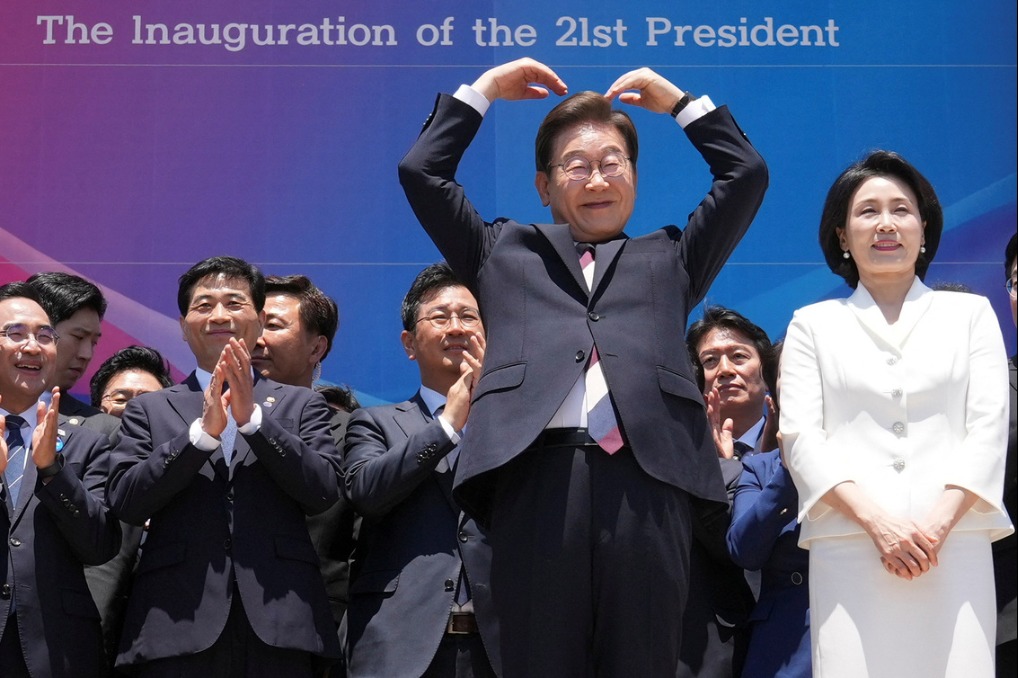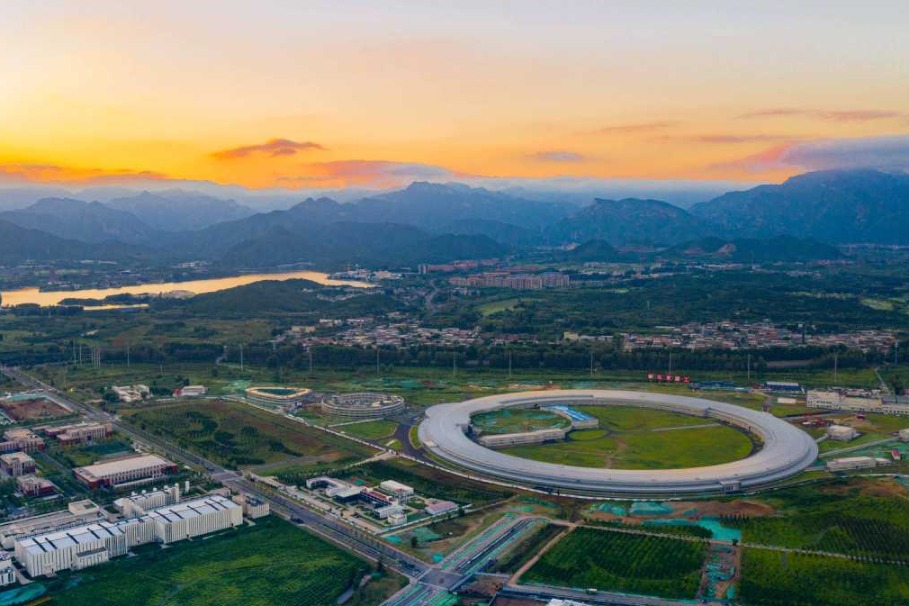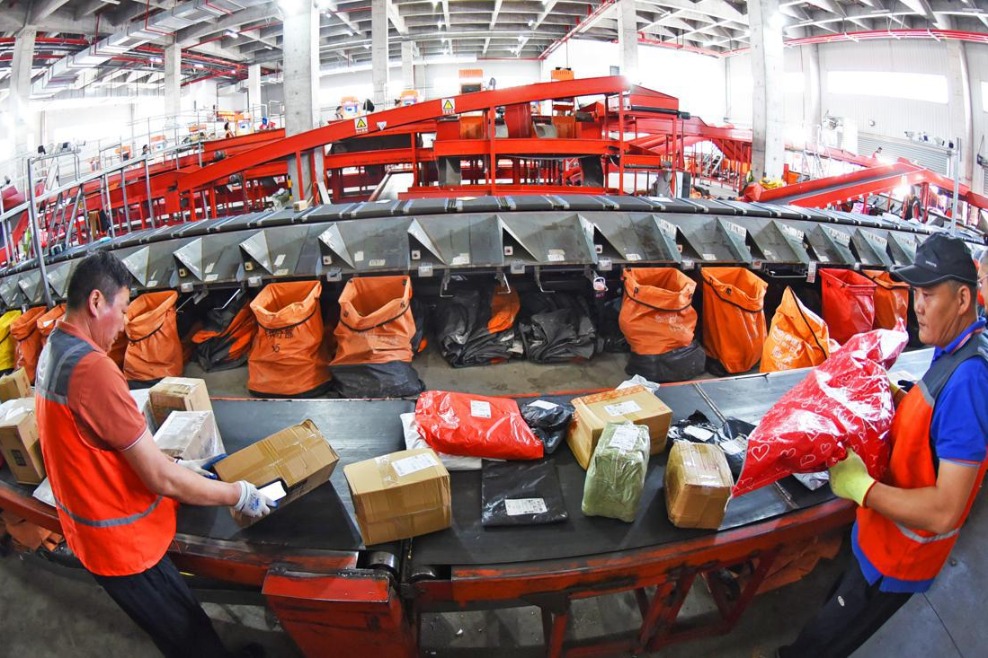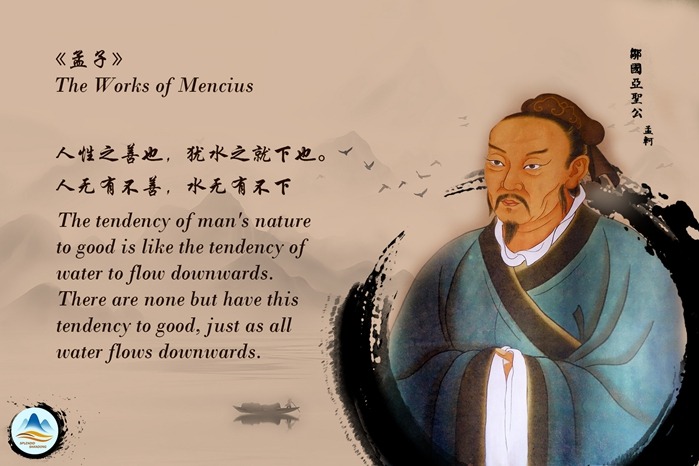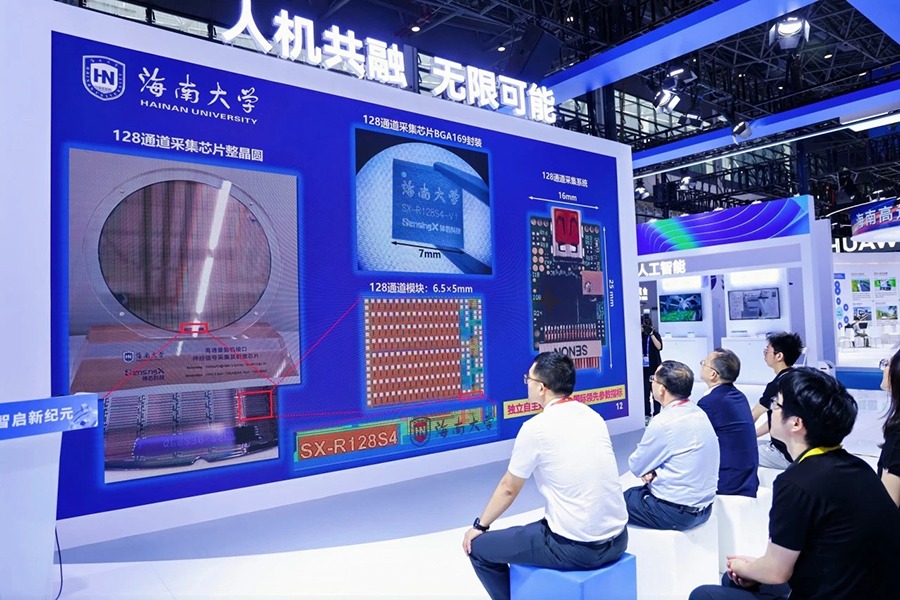Beneficial to all


Joint construction of the Belt and Road is supporting economic globalization becoming more open, inclusive, balanced
China proposed the Belt and Road Initiative in 2013 to inject fresh growth momentum into the global economy and promote sustainable economic development in developing countries. The initiative also aims at achieving synergized regional and global economic growth via more efficient allocation of resources at a regional or global level, mutually beneficial cooperation and common development.
The fundamental reason for China's proposal is to increase the number of infrastructure projects so as to create new job opportunities, boost economic growth, and improve people's living standards. The proposal promotes China's domestic development and that of the world.
The Belt and Road projects have provided an extremely important platform to put into practice the idea of "building a community with a shared future for mankind", and they set a stellar example in this regard.
As of June 2021, China had signed 206 memorandums of understanding under the framework of the Belt and Road Initiative with 140 countries and 32 international organizations. Over 70 percent of the world's sovereign states have signed Belt and Road cooperation agreements with China, which shows that most countries explicitly support the initiative. Some countries, such as France, Spain, the Netherlands and Belgium have signed inter-governmental third-party market cooperation MOUs with China, although they are yet to sign Belt and Road cooperation agreements with China.
Over the past eight years, China has partnered in a wide range of construction projects with relevant countries after holding extensive consultations, including jointly choosing promising construction projects, properly handling construction-related issues-such as land, taxation, labor, environmental protection equipment, technologies and laws-and solving the project financing difficulties.
The Belt and Road infrastructure connectivity has yielded fruitful results. Most importantly, the "six corridors and six channels serving multiple countries and ports" of the initiative have been formed, and a large number of cooperation projects have materialized, in particular, transport and energy facilities that can provide strong material support for further propelling regional economic integration and deeply integrating development. This has given a boost to, and will continue to facilitate, the development of the Regional Comprehensive Economic Partnership and Eurasian economic integration.
The framework of the Belt and Road Initiative has helped implement a large number of construction projects, resulting in rapid growth of Chinese companies' overseas investments. From 2013 to 2020, Chinese companies' nonfinancial direct investment in the countries along the Belt and Road totaled $135.1 billion. Research by the World Bank shows that, thanks to the improved transport facilities, inflows of foreign direct investment into low-income countries along the Belt and Road economic corridors is projected to increase 7.6 percent by 2030.
Following the completion of a large number of major transport infrastructure construction projects, transportation costs in many countries have decreased, promoting trade development in these countries, particularly with China.
For instance, following the completion of the Mombasa-Nairobi Standard Gauge Railway, freight transport costs in Kenya have dipped more than 70 percent. The opening of the Addis Ababa-Djibouti railway has also markedly lowered Ethiopia's freight transport costs, while also opening a channel to the sea for Ethiopia by connecting it to Djibouti Port, which will promote the export of Ethiopian goods to the global market.
The number of trips of the China-Europe Railway Express (CR Express) has witnessed rapid growth over the past few years as rail freight is faster than sea freight and more cost-effective than air freight. Train services have reached 168 cities in 22 European countries now, with a logistics network covering the entire region. Both China and these European cities have gained tangible, concrete benefits from the train services.
Joint construction of the Belt and Road is also conducive to the global cause of poverty alleviation. Improved transport infrastructure has enabled people in poverty-stricken areas to sell their products to the regional or even global markets to gain more benefits. In the meantime, more Belt and Road investment and construction projects will create more job opportunities for the lower-income groups and increase their incomes.
According to a study by the World Bank, the transport infrastructure construction projects under the Belt and Road Initiative alone will help lift 7.6 million people out of extreme poverty and 32 million people out of moderate poverty by 2030.
Furthermore, the Chinese government has included supporting other Belt and Road participating countries' poverty alleviation endeavors into China's Belt and Road construction plans, and has carried out pilot schemes in some impoverished areas in countries such as Laos, Cambodia and Myanmar. Using China's successful experience in targeted poverty alleviation, strengthening rural infrastructure and proving better public services and technical assistance, the pilot schemes have achieved great results.
The global governance system has been improved and optimized in the wake of smooth implementation of the Belt and Road Initiative. The world is faced with numerous global problems that cannot be solved by one or two countries alone. The construction of more international cooperation platforms and active participation of more countries will help humanity better solve these problems.
As an important part of the Belt and Road Initiative, China set up the Asian Infrastructure Investment Bank in collaboration with over 100 countries, and the Silk Road Fund to financially support Belt and Road infrastructure construction projects. The establishment of the AIIB and the Silk Road Fund has complemented and improved the global financial and economic governance system.
China's rich experience in poverty alleviation accumulated while eradicating absolute poverty will also be of good reference value to the world and provide strong support for better realizing the United Nations 2030 Agenda for Sustainable Development.
The author is executive dean and professor of the Belt and Road School at Beijing Normal University. The author contributed this article to China Watch, a think tank powered by China Daily.
The views do not necessarily reflect those of China Daily.
















